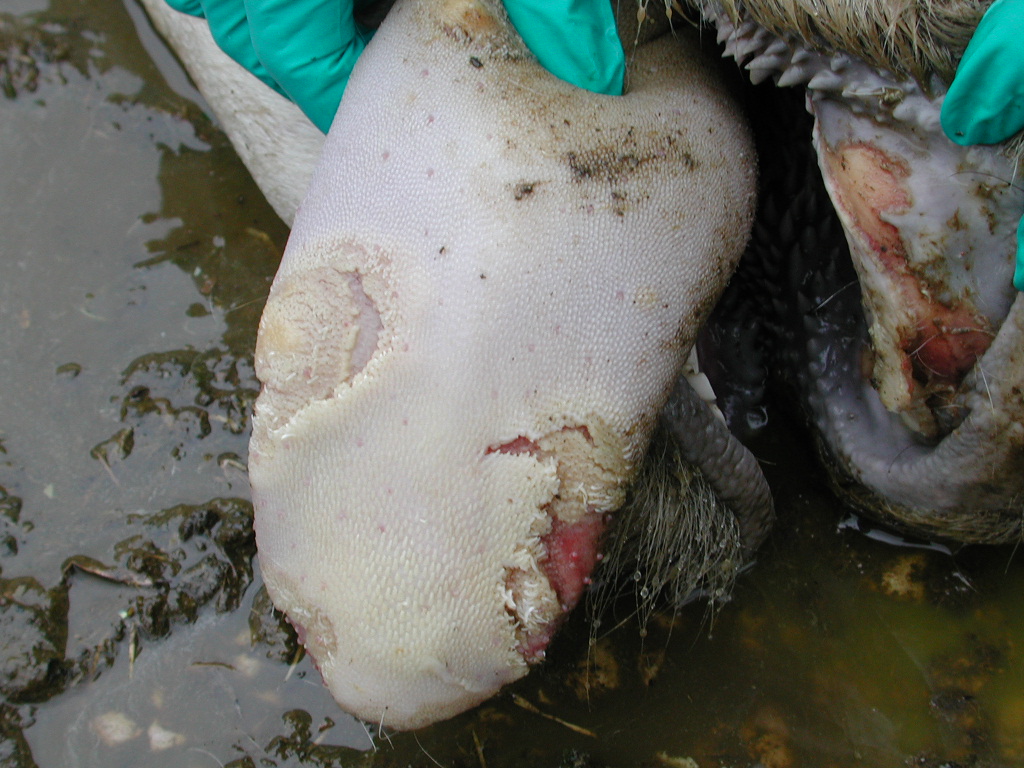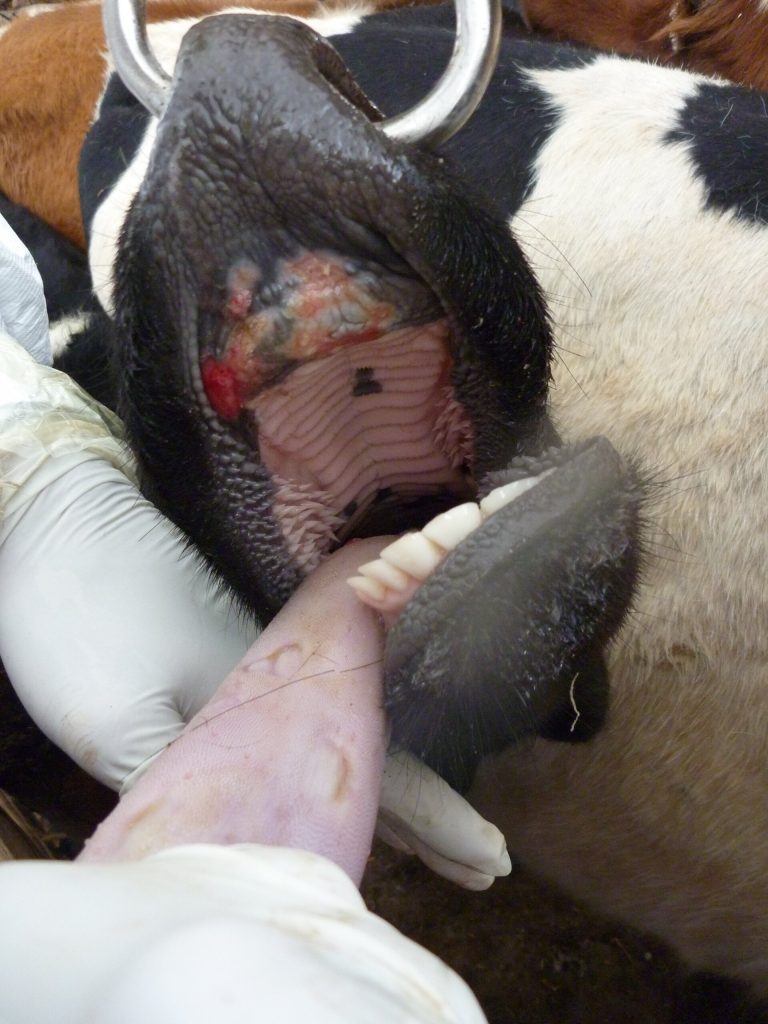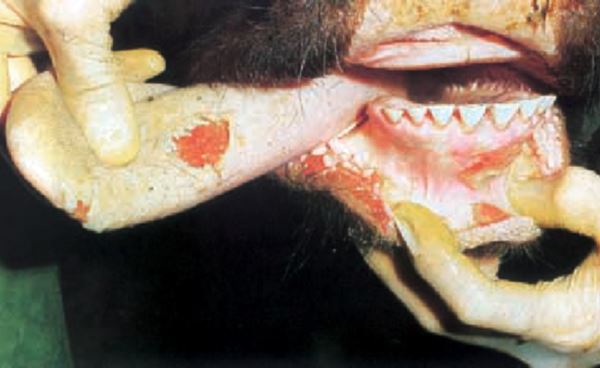How to manage foot and mouth disease (FMD)
Although Australia is currently free from FMD, an outbreak would have devastating social and financial impacts, potentially costing more than $80 billion over 10 years and affecting our access to livestock and livestock product exports.
As an Australian primary producer, managing Foot-and-Mouth Disease (FMD) in livestock is a critical concern for protecting our farms and the entire industry.
Understanding Foot-and-Mouth Disease
Foot-and-Mouth Disease is a highly infectious and contagious viral disease that affects cloven-hoofed animals such as cattle, sheep, goats, pigs, buffalo, camels, alpacas, llamas, and deer. It is important to note that FMD is not a risk to human health and safety, and it is not the same as hand, foot, and mouth disease, which is often contracted by children.
How FMD Spreads
FMD is highly contagious and spreads easily through various means. The virus is present in an infected animal’s blisters, saliva, urine, manure, milk, and breath. It can spread between animals through direct contact, air-borne particles, and the movement of infected animals. Furthermore, the virus can be carried on contaminated animal products like meat and dairy, as well as on vehicles, equipment, and people’s clothing and footwear. The virus can remain viable in the environment for several weeks, especially in the presence of organic matter like soil and manure, or on materials such as straw, hair, and leather. Domestic and feral pigs pose a particular risk in spreading the virus to other cloven-hoofed animals
How FMD Could Enter Australia
The most likely pathways for FMD to enter Australia are through illegally imported contaminated meat and dairy products, and the subsequent illegal feeding of these products (known as swill) to pigs. Objects like footwear contaminated with the virus that come into contact with susceptible animals also pose a risk. Strict quarantine, surveillance, and biosecurity conditions are in place to prevent FMD from entering Australia. Feeding meat, animal products, and imported dairy goods to pigs is illegal throughout Australia to prevent the introduction of FMD and other serious animal diseases.
Signs of FMD in Animals
It’s crucial for livestock producers and veterinarians to be familiar with the signs of FMD in cloven-hoofed livestock, as the severity of these signs can vary between cattle, sheep, and pigs. Common clinical signs include blisters in the mouth, nostrils, tongue, lips, teats, or the skin between and above the animal’s hooves. These blisters are often not obvious until they have ruptured. Other signs include excessive slobbering or drooling, limping, lameness, and a reluctance to move. Severe depression, loss of appetite, and sudden death in young animals can also occur. In milk-producing animals, a large drop in yield is a significant indicator. It’s important to remember that FMD symptoms can vary depending on the species and the strain of the virus.



On-Farm Biosecurity Measures
Strong biosecurity practices on our properties are vital for protecting our animals, food safety, and agricultural industries from pests and diseases.
Developing and Maintaining a Biosecurity Plan
A biosecurity plan is essential for preparing for and reducing the potential impact of FMD and other diseases. If you have an existing plan, it should be reviewed and updated regularly. Your plan should be customized for your property, but common strategies include maintaining accurate records of livestock and product movements, inspecting and quarantining newly introduced livestock for 7-10 days, and securing boundary fences and gates to prevent straying livestock and feral animals. It is also important to have a contractor and visitor car park away from livestock and install facilities to disinfect shoes and farm vehicle
Managing Movements and Visitors
Controlling the movement of vehicles, visitors, and equipment onto your property is crucial. Document all vehicle movements, such as fodder deliveries and milk pick-ups. Limit visitor and contractor access to livestock areas and ensure everyone arrives with clean footwear and clothing. If you have visited another property with livestock, clean and disinfect vehicles and footwear, and change clothing before having contact with your own animals. Additionally, if you, a family member, or staff have recently traveled overseas, ensure they have not had contact with farmland or livestock in an FMD-infected country, and if they have, they must stay away from your property and livestock for 7 days after their return.
Livestock Identification and Movement
Mandatory livestock ownership, identification, and movement systems are in place in Western Australia to assist in tracing infected or exposed livestock for disease control and eradication. It’s important to ensure timely uploads of any livestock movements on the National Livestock Identification System (NLIS) database. Registering for a Property Identification Code (PIC) is also vital, as PICs provide information about animal locations and allow the government to contact you during disease outbreaks.
Actions During a Suspected Foot-and-Mouth Outbreak
Early detection and reporting are critical for increasing the chance of successful eradication of FMD
Reporting Suspected Cases
If your livestock are showing any signs consistent with FMD, you must immediately report it. Call a veterinarian, your Department of Primary Industries and Regional Development veterinarian, or the Emergency Animal Disease Watch Hotline on 1800 675 888.
On-Farm Actions for Suspected Cases
If you notice any signs of FMD in your livestock, you must immediately isolate the affected animal(s) and do not move any livestock off your property. This helps to control the spread of the disease and reduce its impact.
National Response and Preparedness
Australia has detailed and well-rehearsed FMD response plans and arrangements in place, which are continuously reviewed.
Eradication Strategy
Australia’s policy is to eradicate foot-and-mouth as quickly as possible using a ‘stamping out’ approach, which involves culling and disposal of infected and at-risk animals within an agreed radius of an affected herd. There are agreed methods to ensure animals are treated and destroyed humanely.
Livestock Standstill
In the event of an foot-and-mouth detection, a national livestock standstill will be immediately implemented. This initial 72-hour standstill allows authorities time to conduct disease surveillance, trace the previous movements of infected livestock, and identify geographic areas where the disease may have spread.
Vaccination Considerations
Australia maintains an overseas foot-and-mouth vaccine bank, and vaccines are available for use if an incursion occurs. The decision of whether to vaccinate and how to apply vaccination is complex and depends on many factors. Emergency vaccination may be an important part of controlling an FMD outbreak and will be considered from day one of an FMD response.
Collaboration and Funding
Government and industry are collaboratively undertaking significant FMD preparedness activities to ensure that any incursion can be contained and eradicated efficiently. The Australian Veterinary Emergency Plan (AUSVETPLAN) Disease Strategy outlines Australia’s FMD control and eradication strategy, guiding the response. The Emergency Animal Disease Response Agreement (EADRA) is an agreement between all state and territory governments, the Australian government, and livestock industry bodies that enables a quick and effective response to an emergency animal disease incident, while minimizing uncertainty over management and funding arrangements. This agreement ensures that the costs of a disease outbreak response are shared between governments and industries based on a pre-agreed formula.
If a Foot-and-mouth Outbreak occurs
If you suspect or confirm a foot-and-mouth disease outbreak on your farm in Australia, it is critical to act quickly and contact the appropriate authorities. Early reporting is essential for containing and eradicating the disease.
FMD is a notifiable disease; suspected cases in any susceptible animal species *must* be reported.If you suspect FMD on your farm, call 1800 675 888 immediately and follow the instructions provided by animal health authorities.
